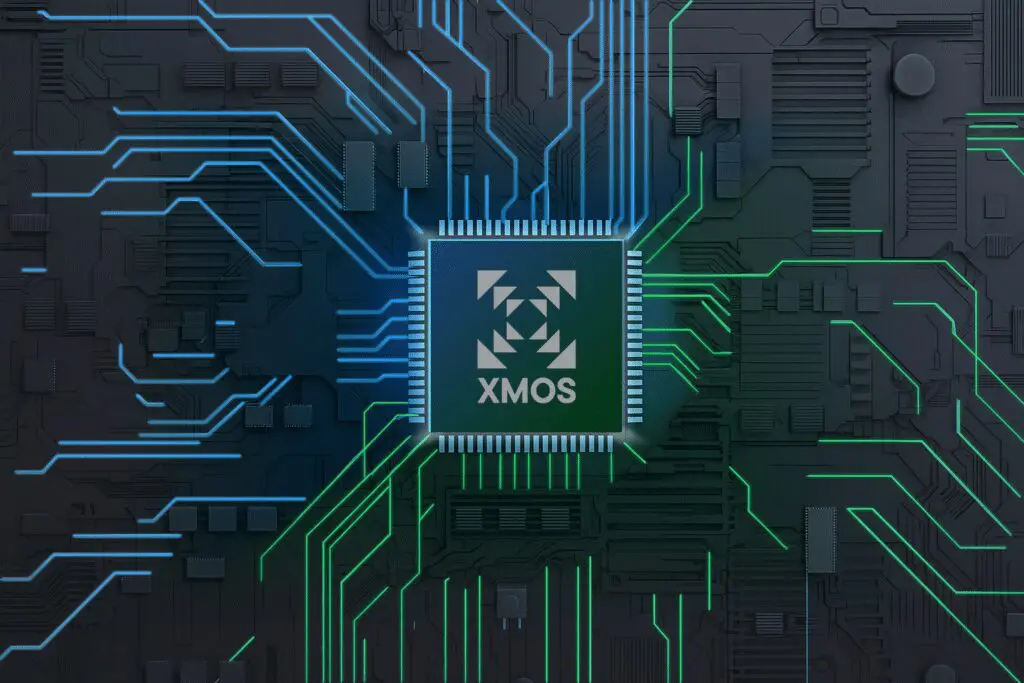Smart devices afford us so many diverse, exciting opportunities for a truly modern form of living that offers a greater level of convenience. In particular, automatic licence plate recognition (ALPR) has become a staple feature in modern urban life with plate tolling, parking garages, and speed cameras all using licence plate numbers to collect fees.
Conventional ALPR methods typically include high-resolution cameras functioning via complex ML models. These depend on cloud connectivity for processing, and carry a significant cost, while also presenting privacy concerns.
Our recently announced reference design for ALPR, is designed specifically for smart parking, moving the requirement away from complex, inefficient hardware and towards AI embedded on-device.
Our reference design – accurate, cost-effective, local
Our reference design, developed in partnership with Cloudtop, offers a cost-effective recognition system capable of reading slow moving licence plates from 3-5 metres at high accuracy. By using xcore®.ai silicon, Cloudtop’s machine learning model for imaging was adapted to work in lower power, low-cost scenarios without affecting accuracy.
Our reference design provides the power and intelligence needed on-device, significantly reducing consumption and BOM costs when compared with conventional ALPR options. By removing the requirement for high-cost hardware and reducing the need for cloud connectivity, our solution becomes a workable component of ALPR infrastructures within smart cities.
The model delivers up to 98% recognition accuracy, running on two tiles of xcore.ai silicon, with each featuring 8 hardware threads and 512 kB of SRAM. This is made possible via a single shot detector (SSD) network to detect the licence plate bounding box, and a lightweight character recognition network that reads a leading province character and the alphanumeric string that follows. These networks were scaled down for xcore.ai from larger models designed for moving vehicles over longer ranges.
The XMOS solution
xcore.ai is ideal for parking applications requiring high resolution cameras, while compensating for poorer lighting, vehicle position, or motion effects. We can rapidly capture video frames via MIPI for storage in off-chip RAM. The xcore will then quickly pre-process and draw inferences from these frames after the vehicle has parked or departed.
When parking, xcore.ai will be activated when the car is detected by external sensors, recognising the need to buffer video frames. When captured, the frames will be processed, with an emphasis on saving power and reasonable latency, rather than the lowest latency possible. This model allows ALPR to move away from expensive, inefficient SoCs, which are unsuitable for outdoor solar and battery applications.
ALPR issues will vary depending on lighting, view angles, and vehicle speed. Designs based on xcore.ai can be configured to scale speed, cost, external memory requirements, and accuracy by relocating image buffers, re-ordering processing, executing neural networks from SRAM, Flash, or external LPDDR/SDRAM. Our solution stands to add maximum value in any situation, saving power and bandwidth to solve the ALPR problem and complement smart cities of the future.
If you would like to find out more about our ALPR solution, please contact our Sales team using the button below. We will be showcasing the solution at the forthcoming Embedded Vision Conference which takes place from 16 – 19 May in Santa Clara. If you would like to arrange a meeting during the conference, please contact marketing@xmos.com.



